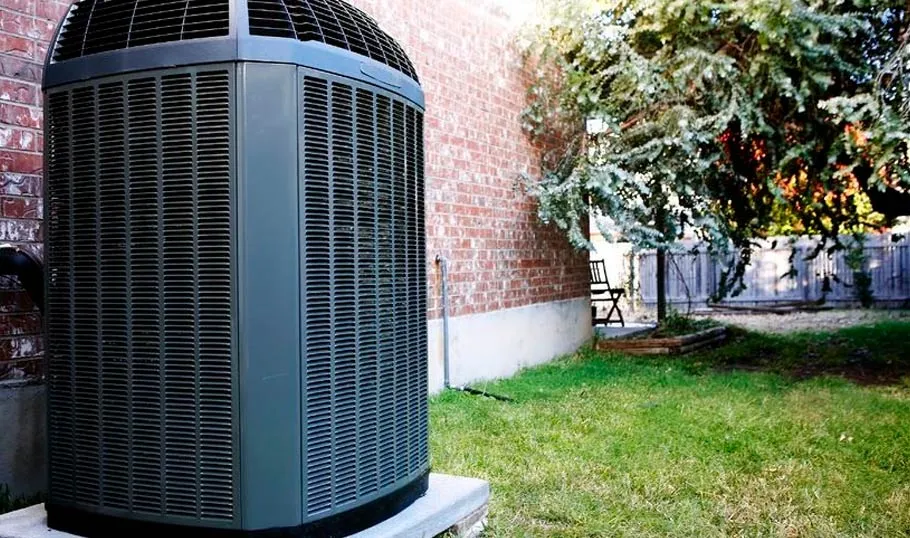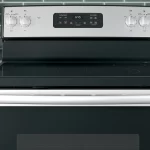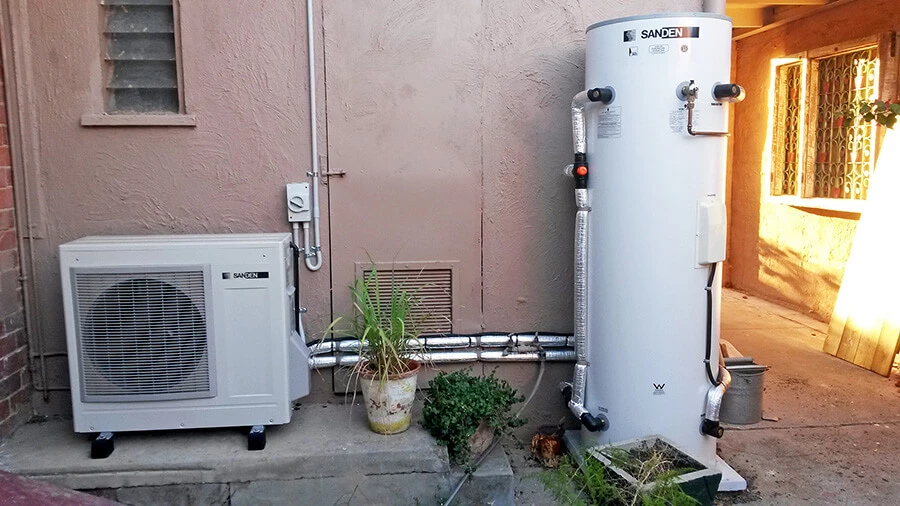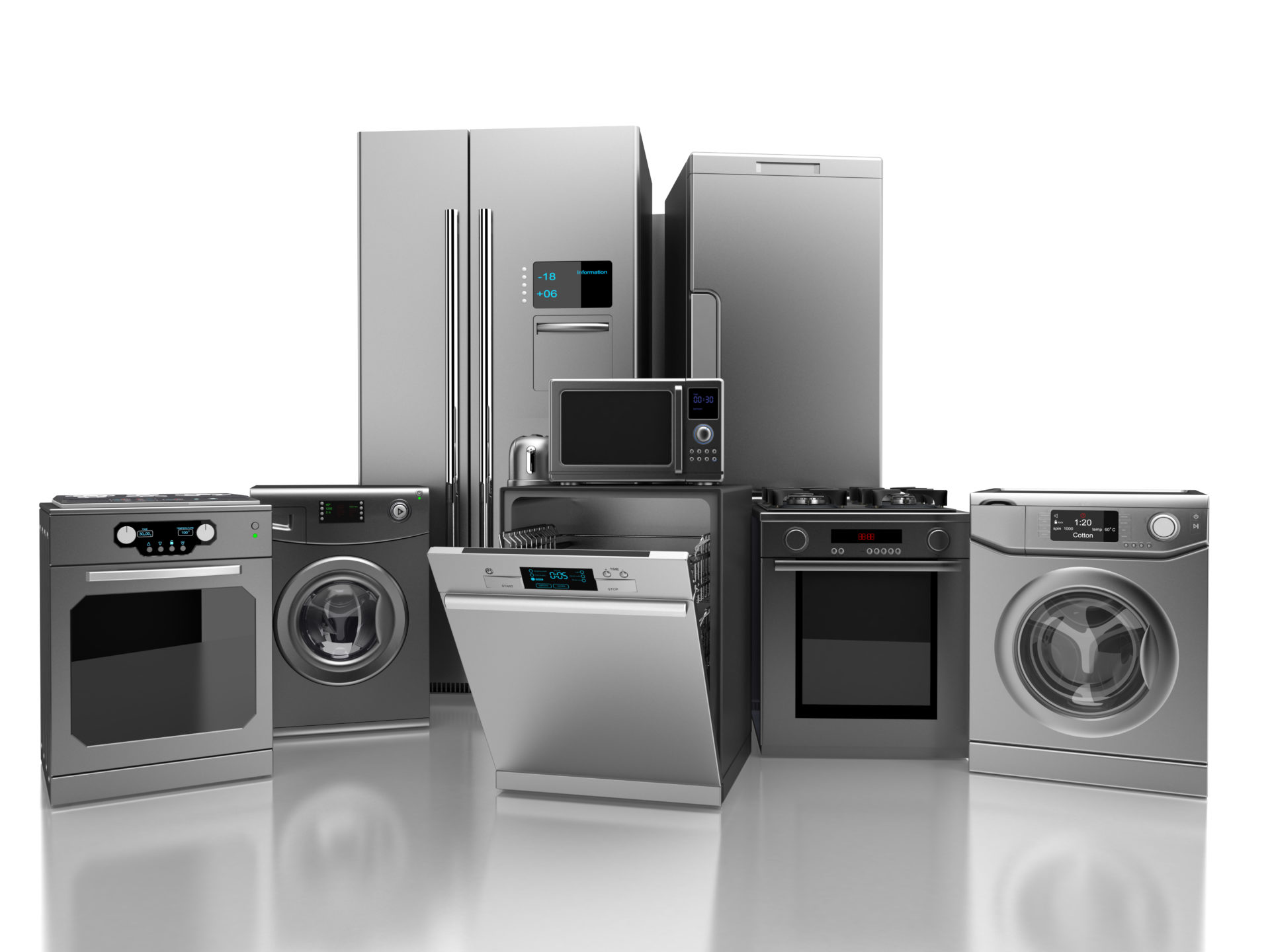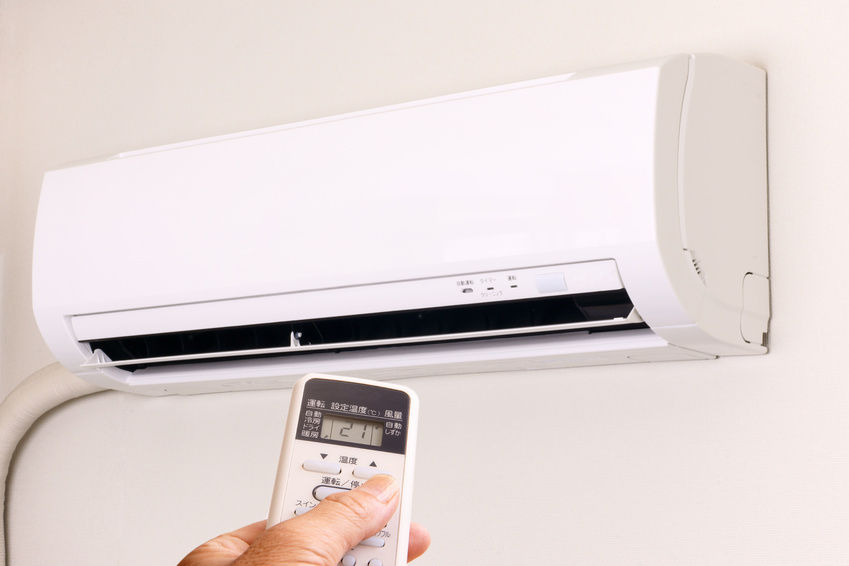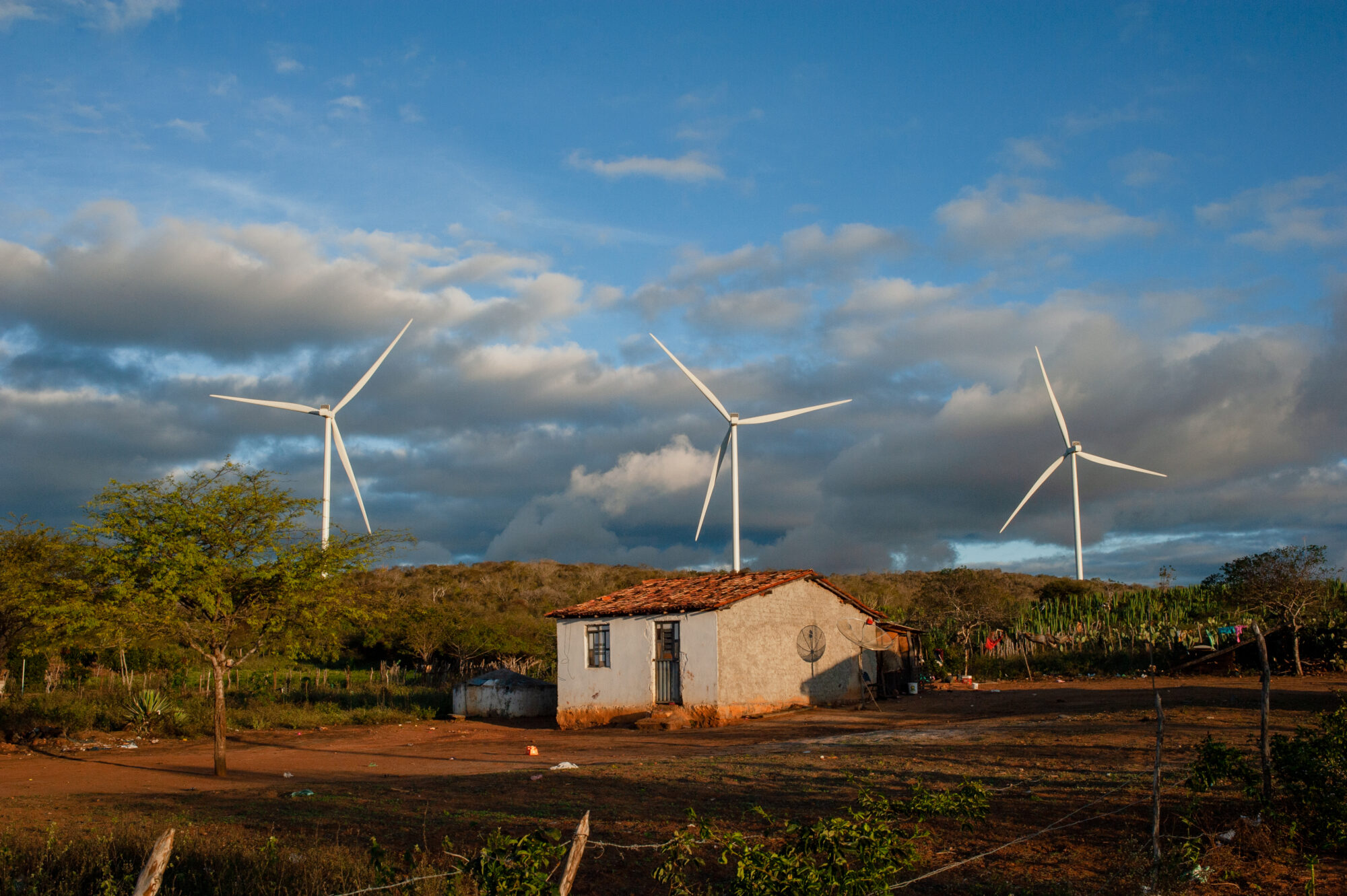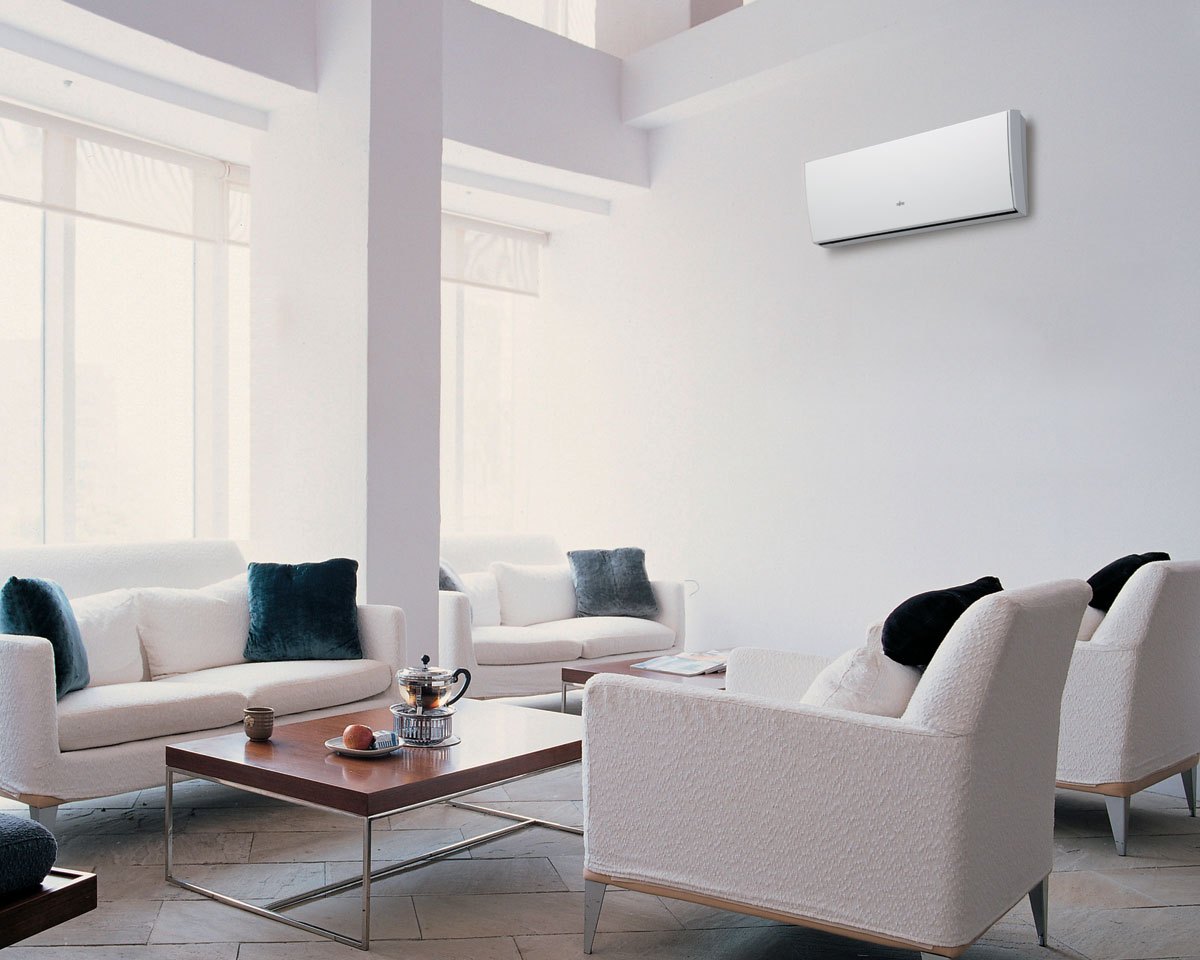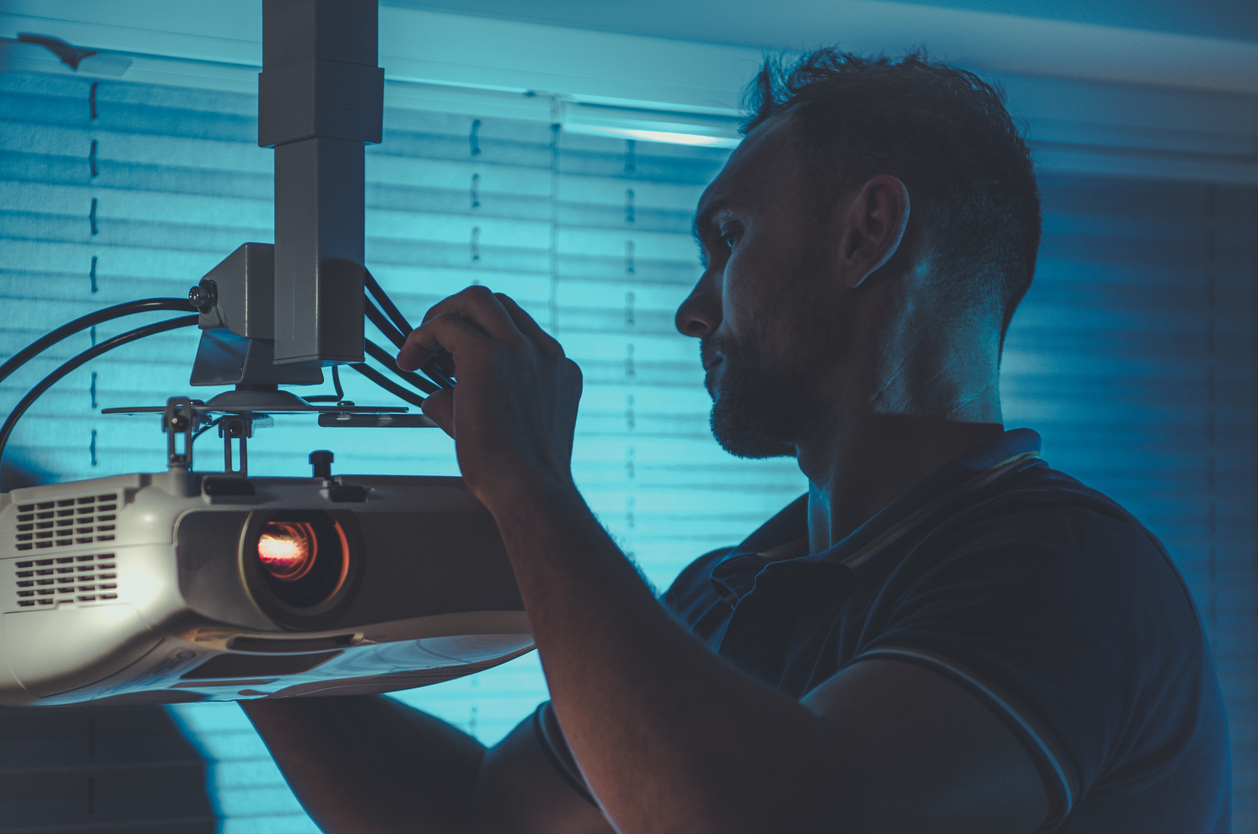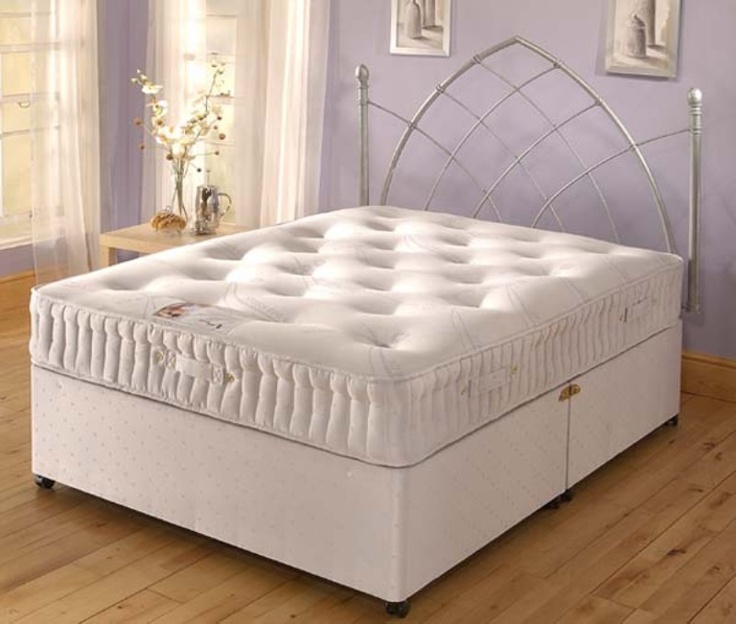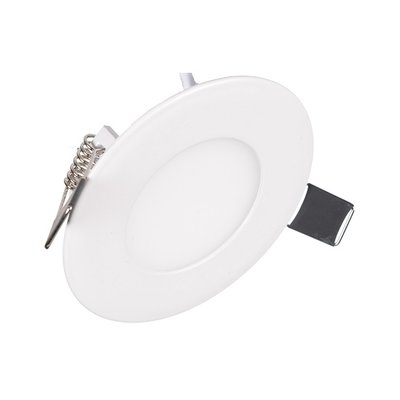As the weather starts to cool down, it’s important to get your heating, ventilation and air conditioning (HVAC) system ready for the demands of winter. A little preparation now can help ensure your home stays comfortable and your HVAC equipment runs reliably all season long. In this post, we’ll provide a checklist of tasks to complete before cold weather arrives.
Content
Cleaning and Inspection
HVAC systems should be professionally inspected and cleaned at least once per year. This is especially important before winter to remove any dirt or debris that may have accumulated over the past months. A technician can thoroughly inspect your system for any issues like cracks, leaks or worn components. They’ll also clean and change filters, check refrigerant levels, lubricate moving parts and perform other maintenance tasks. This annual tune-up helps catch small problems before they become expensive repairs.
Change Filters
Dirty filters block airflow and reduce efficiency. Make sure to change your HVAC system’s air filter monthly during periods of heavy use like winter. A dirty filter can increase energy costs by up to 15% and cause premature equipment failure. Opt for high-quality, long-lasting filters rated for your system.
Check Thermostat Operation
Test that your programmable thermostat is properly controlling your HVAC equipment. Check for loose wires or issues with the display. Now is a good time to replace an old thermostat for improved temperature regulation. You may also want to adjust your heating and cooling set points for maximum comfort and savings during the winter months.
Inspect Ductwork
Cracks, leaks or disconnected ducts allow heated or cooled air to escape before reaching your rooms. Inspect ductwork in attics, basements and crawlspaces for any issues that need to be sealed with mastic, tape or other sealants. According to Front Office Solutions, up to 30% of heated or cooled air can be lost due to duct leaks, increasing energy bills significantly.
Check Ventilation
Test that your home’s ventilation system is working properly. Inspect exhaust fans in bathrooms and kitchens, as well as any whole-house ventilation components. Clean or replace filters as needed. Adequate ventilation is important for indoor air quality, moisture control and energy efficiency all winter long.
Consider an Upgrade
If your system is more than 15 years old, it may be nearing the end of its useful life. An outdated HVAC system uses 10-25% more energy according to HVAC statistics. Consider upgrading to a high-efficiency model before problems arise. Newer equipment qualifies for energy efficiency rebates and tax credits, and will save substantially on heating and cooling costs. California has the most HVAC contractors according to industry reports, so there should be plenty of options available to assess your home’s needs.
Prepare Your Budget
Check your HVAC maintenance budget and set aside funds for any necessary repairs. Winter is peak season for systems, so it’s a good idea to have cash available should issues pop up. You may also want to purchase an HVAC service plan for priority repairs and seasonal tune-ups. Protect yourself from unplanned repair costs that could put a damper on winter comfort.
Stock Up on Supplies
Make sure to have the following supplies on hand in case of emergencies:
- Extra air filters
- Thermostat batteries
- Duct tape for temporary duct repairs
- Programmable thermostat manual
- Contact info for your HVAC contractor
- Snow shovel to clear equipment and vents
With these preparations complete, your HVAC system will be ready to keep your home warm, comfortable and energy efficient all winter long. Don’t forget to have seasonal maintenance checks performed to catch any developing issues before they escalate. Proper care and maintenance according to this checklist will help your equipment last for many heating seasons to come.

I am Scott Miller and my love is writing about home improvement. I write mostly about home ideas, but also share some tips and tricks that can make your life easier when it comes to getting things done in the house.
